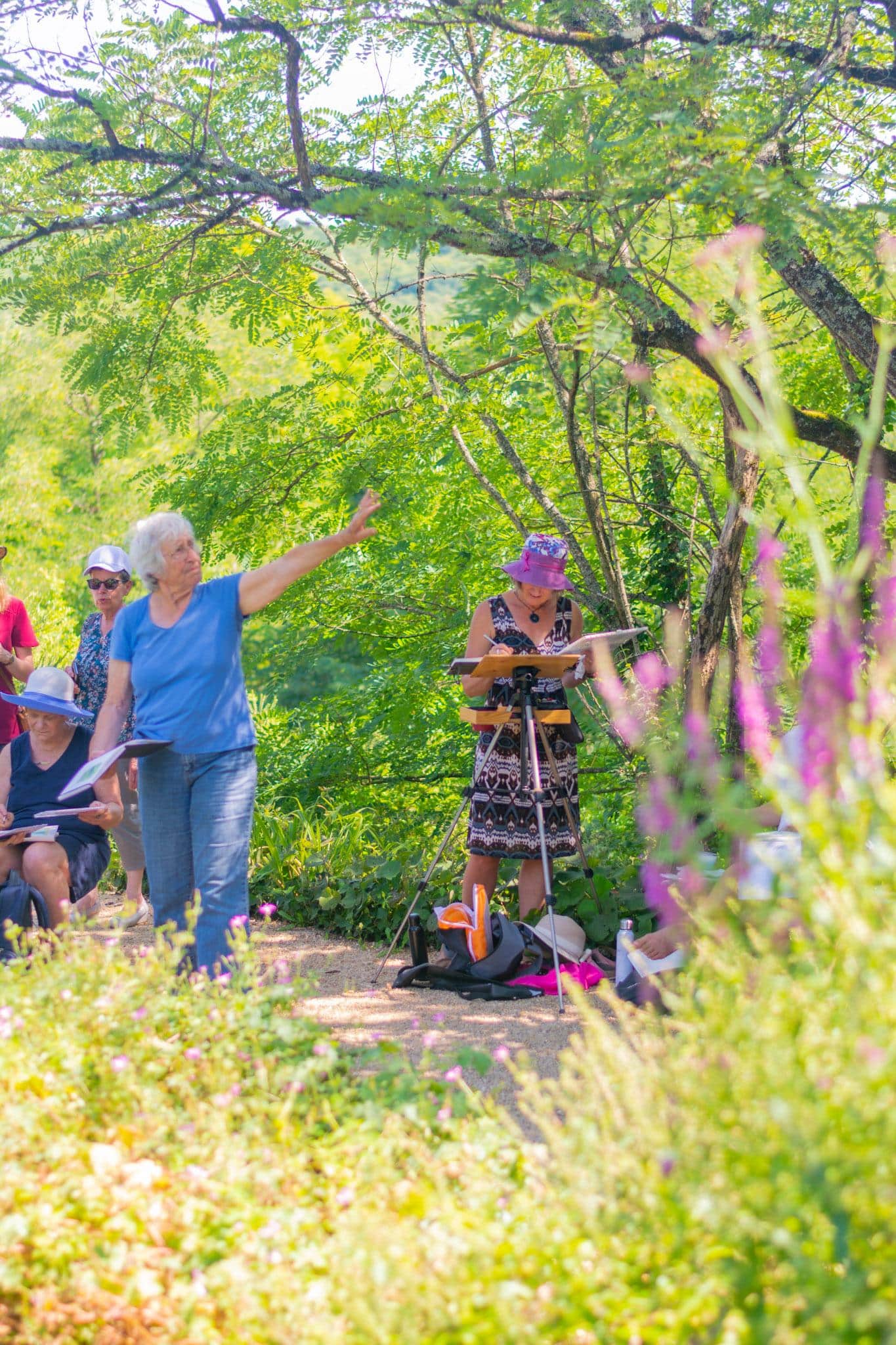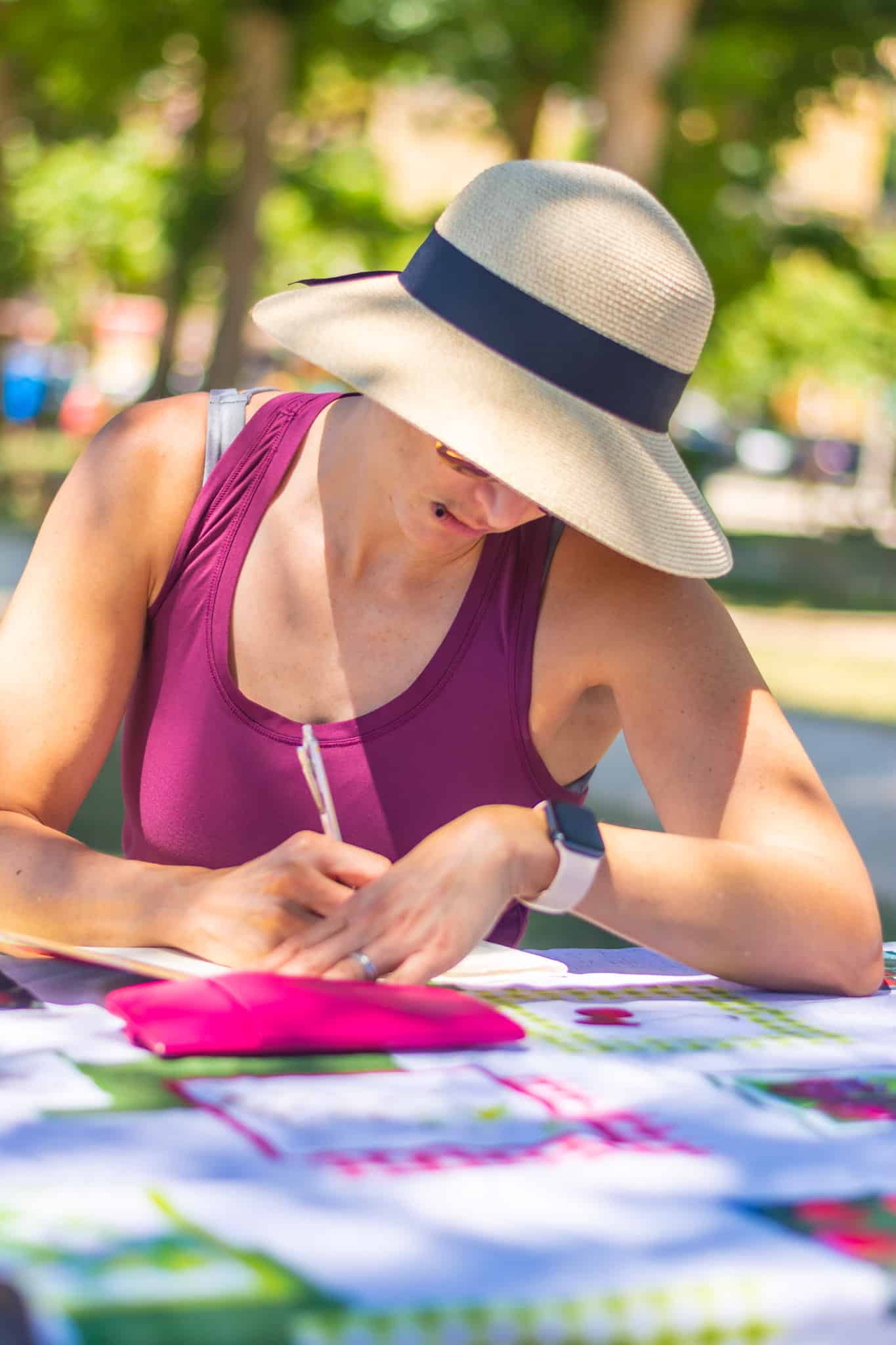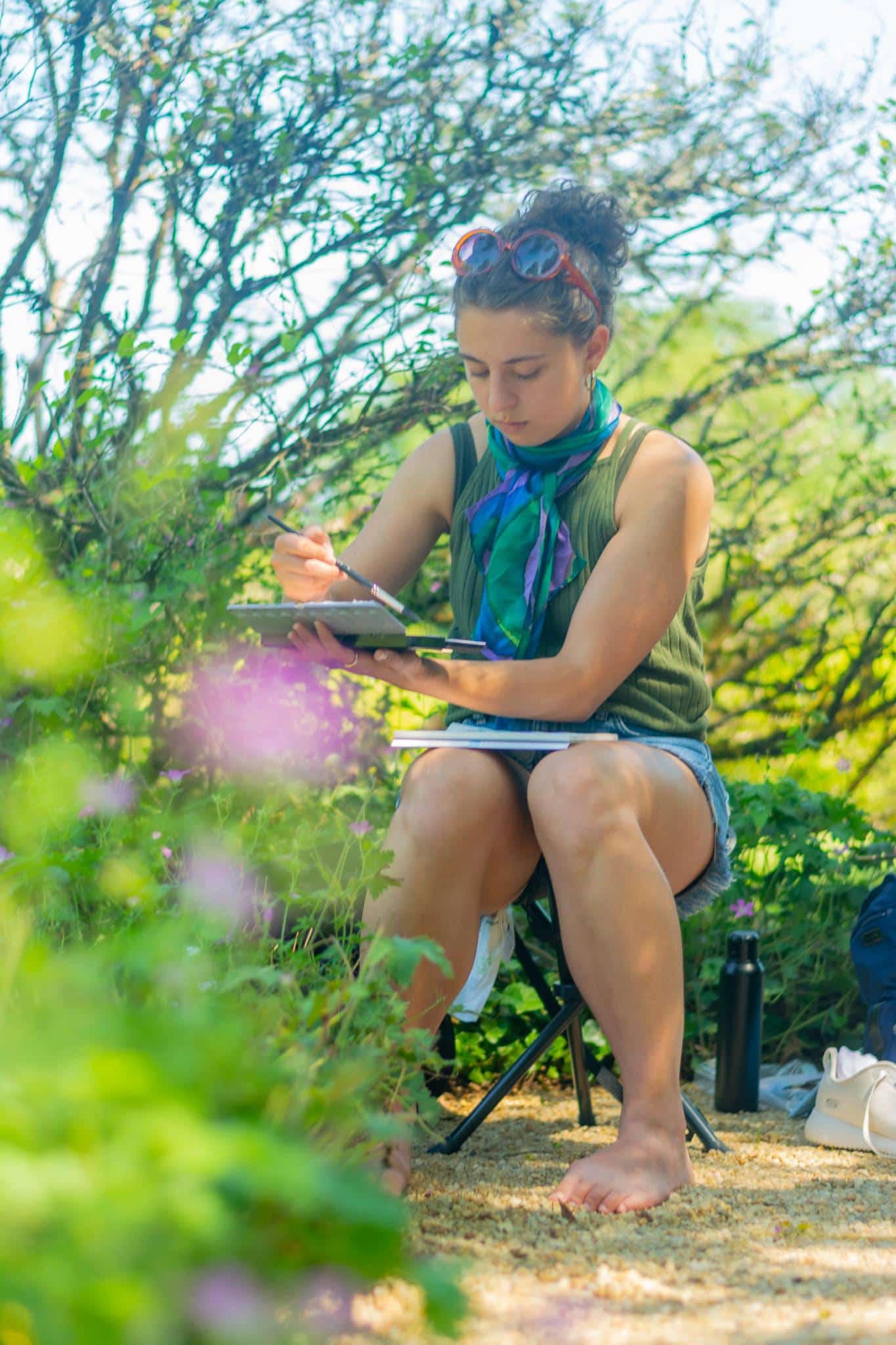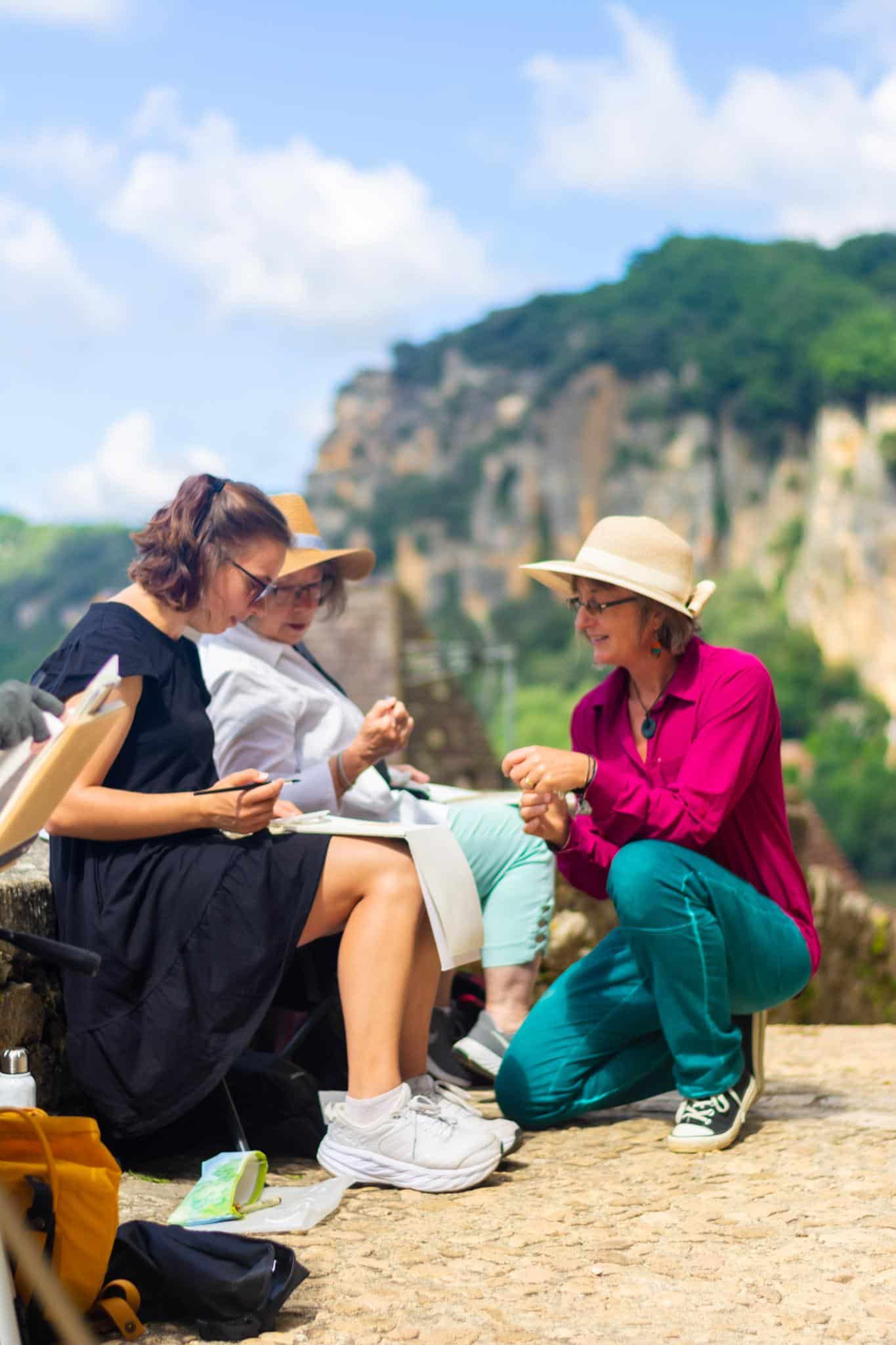5 Reasons Why All Artists Should Try Painting En Plein Air
En plein air painting is the practice of creating art outside, on location. Many artists prefer this method of painting because it allows them to capture the essence of their subject matter in a way that cannot be achieved in a studio. While some artists may find the idea of painting outdoors daunting, there are many reasons why it’s worth giving it a try.
Some of our groups painting en plein air in 2022
- Fresh perspective
When you paint en plein air, you’re forced to work quickly and make decisions on the fly. This can help you break out of your usual routines and ways of thinking, leading to new insights and fresh perspectives. Additionally, being outdoors can give you a new appreciation for the natural world, which can in turn inspire new ideas for your artwork.
- Improved observation skills
Painting en plein air requires a heightened awareness of your surroundings. You’ll need to pay close attention to the colors, shapes, and textures of your subject matter, as well as the changing light and weather conditions. This can help you develop a more acute sense of observation, which can benefit you in all areas of your artistic practice.
-
Better color accuracy
When you paint outdoors, you’re working with natural light, which can help you achieve more accurate color representation in your artwork. Artificial lighting can sometimes skew the colors in your work, but painting outside allows you to see and capture the true colors of your subject matter.
- Increased technical skill
Painting en plein air can be challenging, but it also provides opportunities to practice and improve your technical skills. You’ll need to work quickly to capture the changing light and weather conditions, which can help you develop your brushwork, color mixing, and composition skills.
- Connection with the community
Plein air painting can also be a social activity, allowing you to connect with other artists and members of your community. It can be a great way to share your work, receive feedback, and build relationships with other creative individuals.
In conclusion, while painting en plein air may not be for everyone, it’s worth considering as a valuable tool for improving your artistic practice. By embracing the challenges and benefits of working outdoors, you can develop new skills, gain fresh perspectives, and connect with other artists and your community.
If this blog has tickled your taste buds, you might want to check out one of our plein air workshops.
Additions
Terry Jarvis (hosting a workshop with us in 2024) had some interesting comments regarding plein air painting. I thought it might be worthwhile adding them in.
“The very best of photographs will only catch a moment and an experience in time, not the essence and the atmosphere of the day as it wraps itself around you! “
“Having courage to step outside the door to paint can be very daunting, very challenging to say the least. But you know what? Whenever I have read anything about courage it says “Take courage”. Don’t wait for courage to arrive, take it by the throat and, be assertive and take it! “
“The Campaspe River is only a short drive of about 20 minutes from my Home in the beautiful Wellsford Forest in Victoria. I will often go out and write a story for myself of how I feel about the particular subject before me.
Together with a small thumbnail tonal sketch and a photograph, the information I write tells me my personal take on the scene and really helps to solidify my visual memory of the subject.”
I think it would be best to wrap this blog up with the following:
“In the days before you venture out, prepare and equip and position yourself by practising the marks, the tones, the temperatures, the mixes that go together to make a great watercolour. When you are outside painting, time is of the essence when that elusive light might change or develop into something wonderful and you need to have the skills to put it down effectively, efficiently, and know where the right marks fit within a painting. Remember in your mixes, Cools recede – warms advance – Soft edges recede – hard edges advance forward.
Having skills you have practised often in the studio when you step out saves lots of angst while you paint. If you are well prepared, you condition yourself to paint better pictures, but you also condition yourself to come back with more pleasing results.- Do the hard yards early – you won’t regret it!”
Renee Walden‘s group of Plein Air painters










